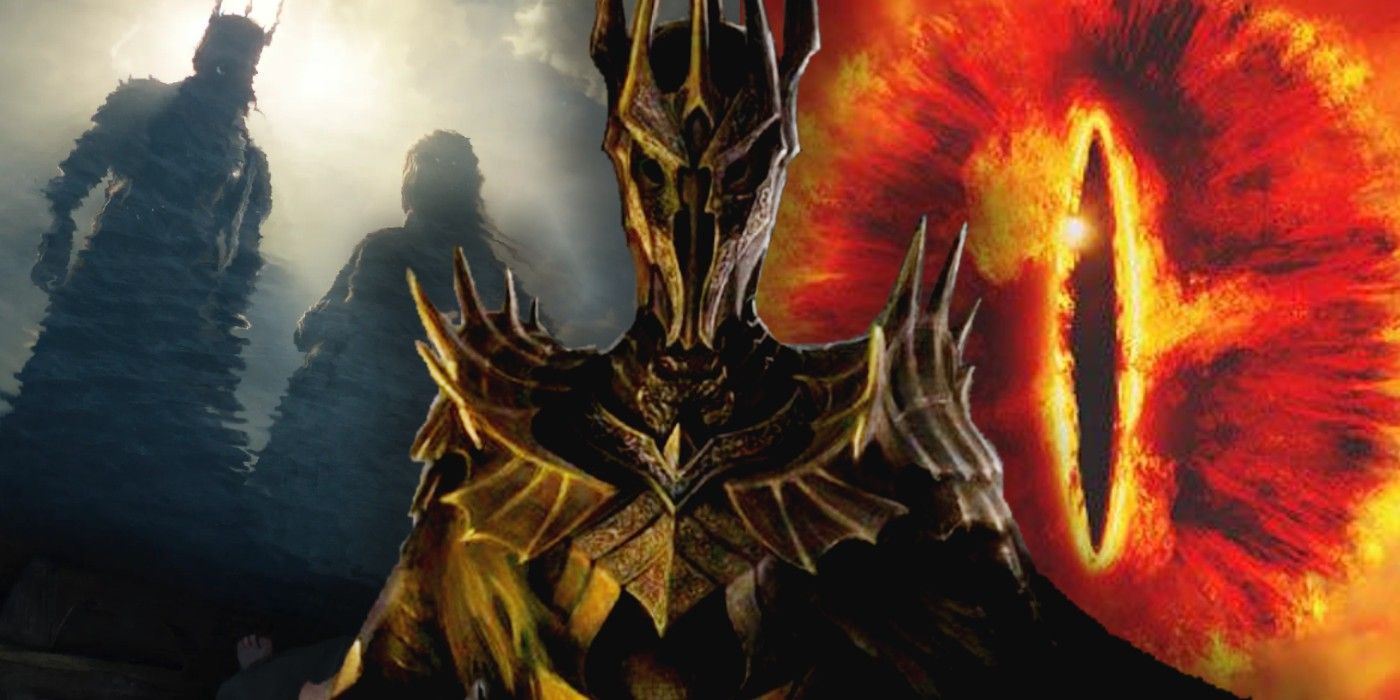
As well as allowing him to more easily manipulate others, Sauron’s shapeshifting gave him physical advantages. In the section “Of Beren and Lúthien” from The Silmarillion, he used several animal forms during his fight with the wolfhound Huan. He first became a werewolf, “the mightiest that had yet walked the world,” to attack Huan with his teeth and claws. He then turned into a serpent in an attempt to wriggle away from Huan, though this failed. Later, Sauron took the form of a vampire — which, in Tolkien’s lore, was a large, batlike monster — to fly away. The ability to shapeshift was important to Sauron in the First and Second Ages of Middle-earth, so why did he never use it during the events of The Lord of the Rings in the Third Age?
Isildur Permanently Wounded Sauron in The Lord of the Rings
Sauron’s Main Forms in J. R. R. Tolkien’s Novels
Description
Year First Used
Mairon
Original form
Unknown
Annatar
Fair form used to appeal to Elves and Men
S.A. 1200
Dark Lord
Monstrous form used to fight and inspire fear
S.A. 3320
The One Ring Contained Most of Sauron’s Power
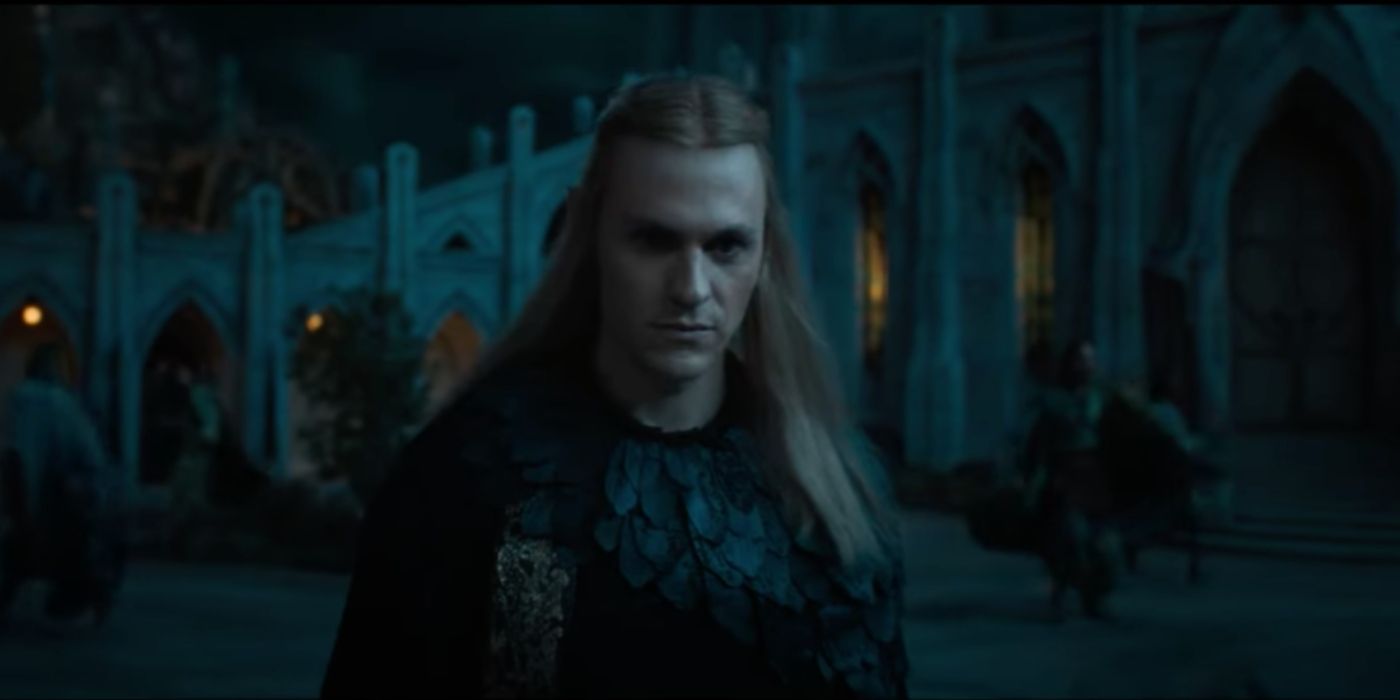

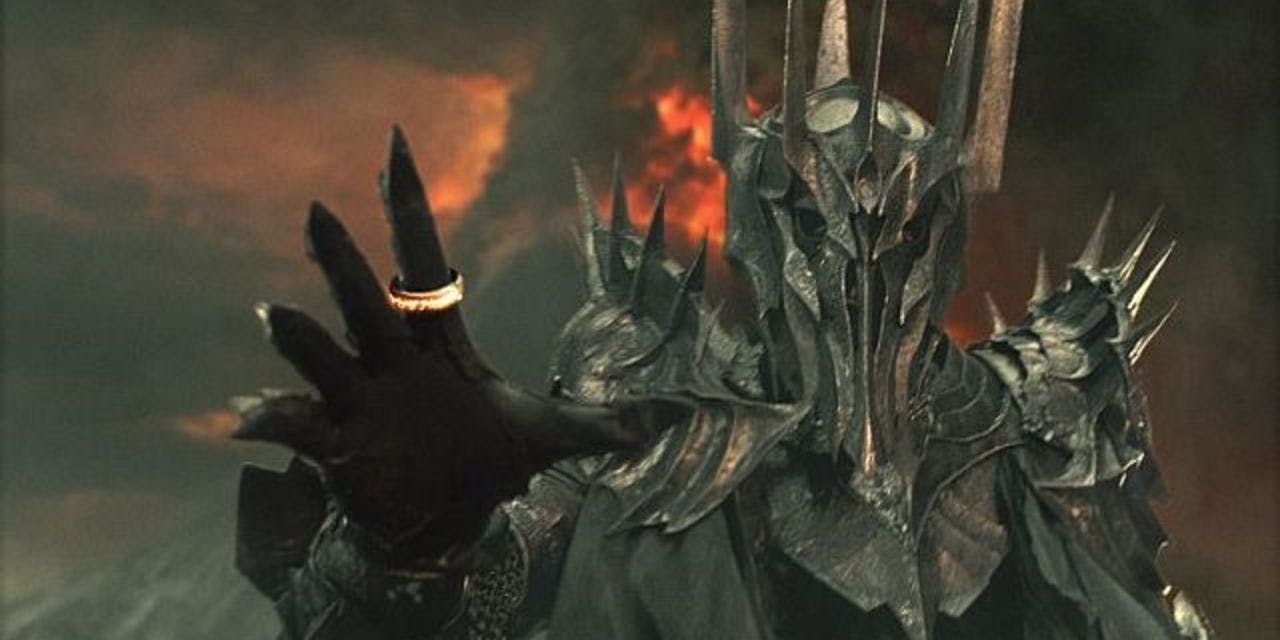
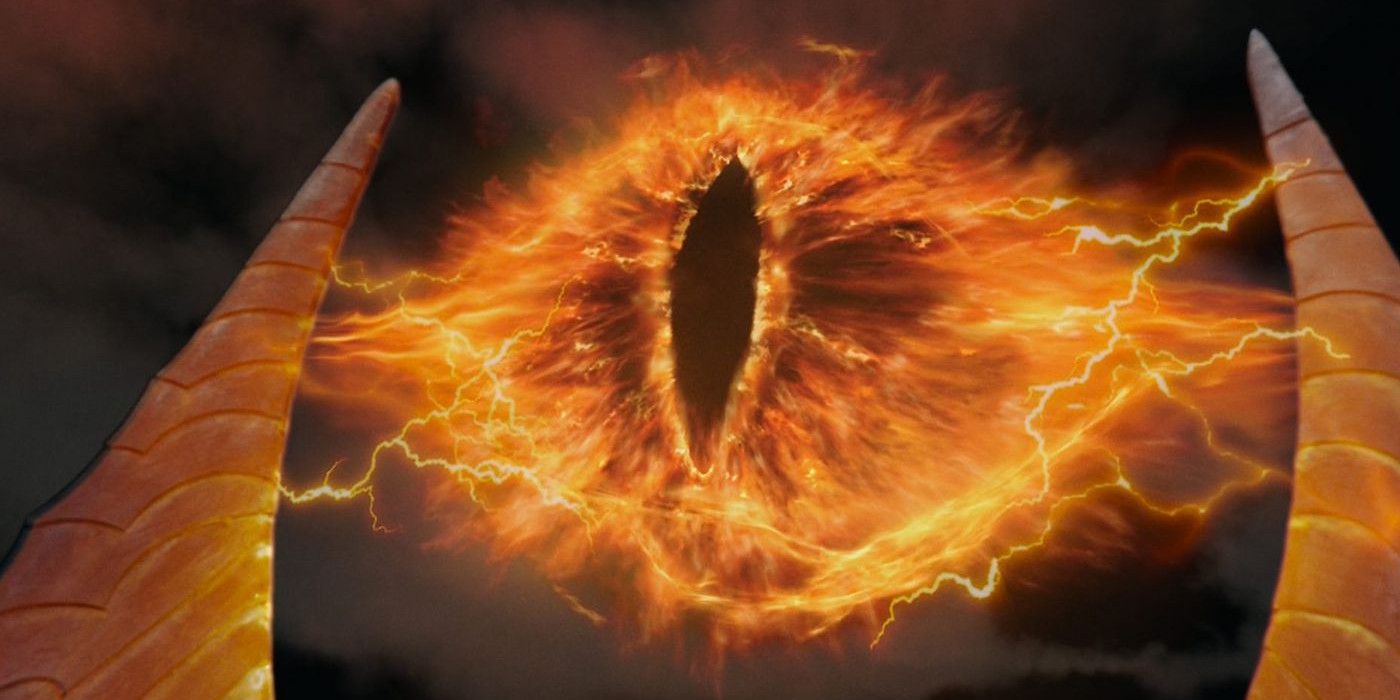




However, Sauron had not yet lost his power to shapeshift entirely. After escaping Númenor, “he wrought himself a new guise, an image of malice and hatred made visible,” which he used throughout the rest of the Second Age. Sauron’s inability to assume his fair guise was an outer reflection of his inner evil. By dooming an entire island kingdom, his evil became too great to conceal. When Isildur cut the One Ring from his finger, Sauron completely lost his shapeshifting powers. He was still able to create a new body, but he could not control its appearance; it looked the same as his previous form, including the missing finger. It also took far longer for him to do so than it had in the past.
Part of the reason for this is that Sauron was in a severely weakened state after the War of the Last Alliance. Sauron had poured most of his power into the One Ring, so once Isildur took it from him, it became extremely difficult to reform a single body, let alone shift between multiple at will. This was why he never left the tower of Barad-dûr during the War of the Ring even though he likely could have turned the tide of various battles by fighting alongside his forces. He did not want to risk any physical harm to his new body because it would take him thousands of years to heal, during which time his opponents might undo all that he had accomplished. But there was another, deeper reason that Sauron was unable to shapeshift in The Lord of the Rings.
Sauron’s Loss of Power Was a Commentary on Evil
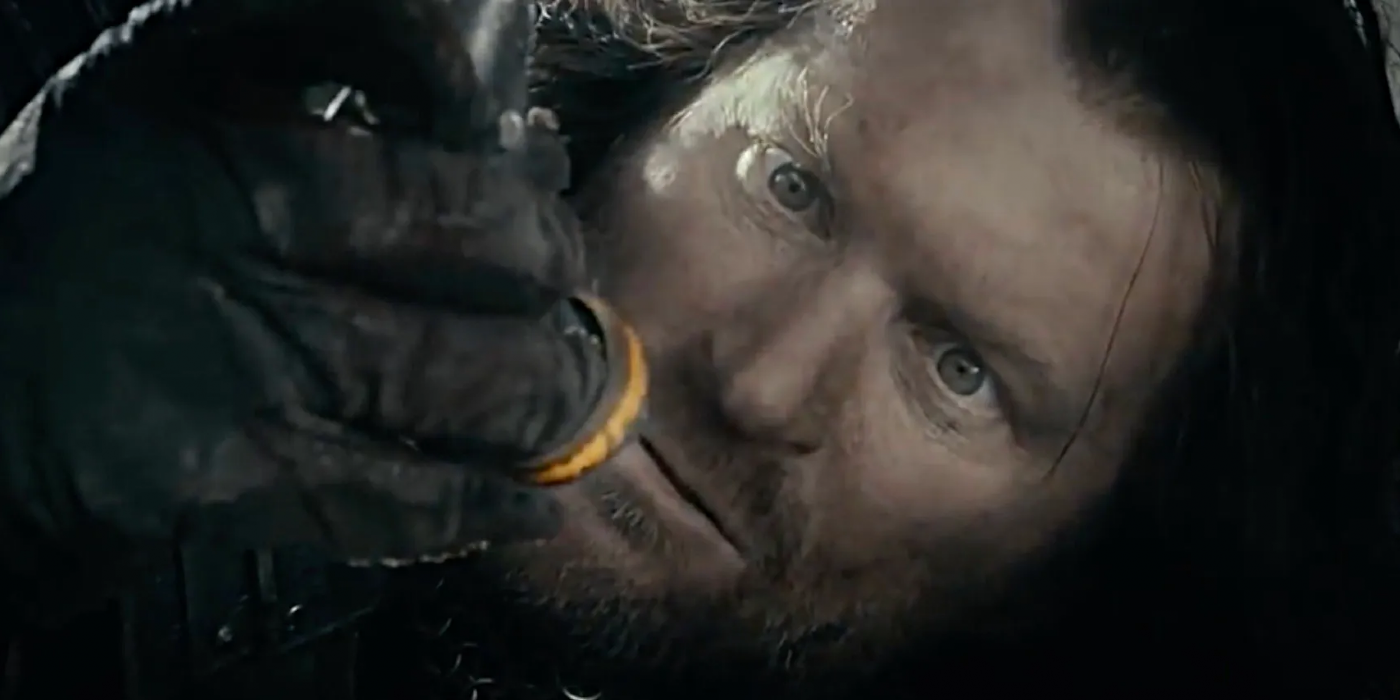
Though Sauron lost his body during the Downfall of Númenor, he was somehow able to retain the One Ring and carry it to Middle-earth.
Tolkien further described this phenomenon in The Nature of Middle-earth. He wrote,
So it was also with even some of [Morgoth’s] greatest servants, as in these later days we see: they became wedded to the forms of their evil deeds, and if these bodies were taken from them or destroyed, they were nullified, until they had rebuilt a semblance of their former habitations, with which they could continue the evil courses in which they had become fixed.
This implied that a psychological limitation prevented Sauron from shapeshifting in The Lord of the Rings. His defeat in the War of the Last Alliance weighed too heavily on his mind, and he could not move on from his failure. His missing finger was a permanent reminder of his most devastating defeat. Both Morgoth and Sauron suffered and became weaker as a direct result of their actions, which was a cautionary tale. In real life, doing evil does not cause physical transformations, but it can leave permanent mental scars.





